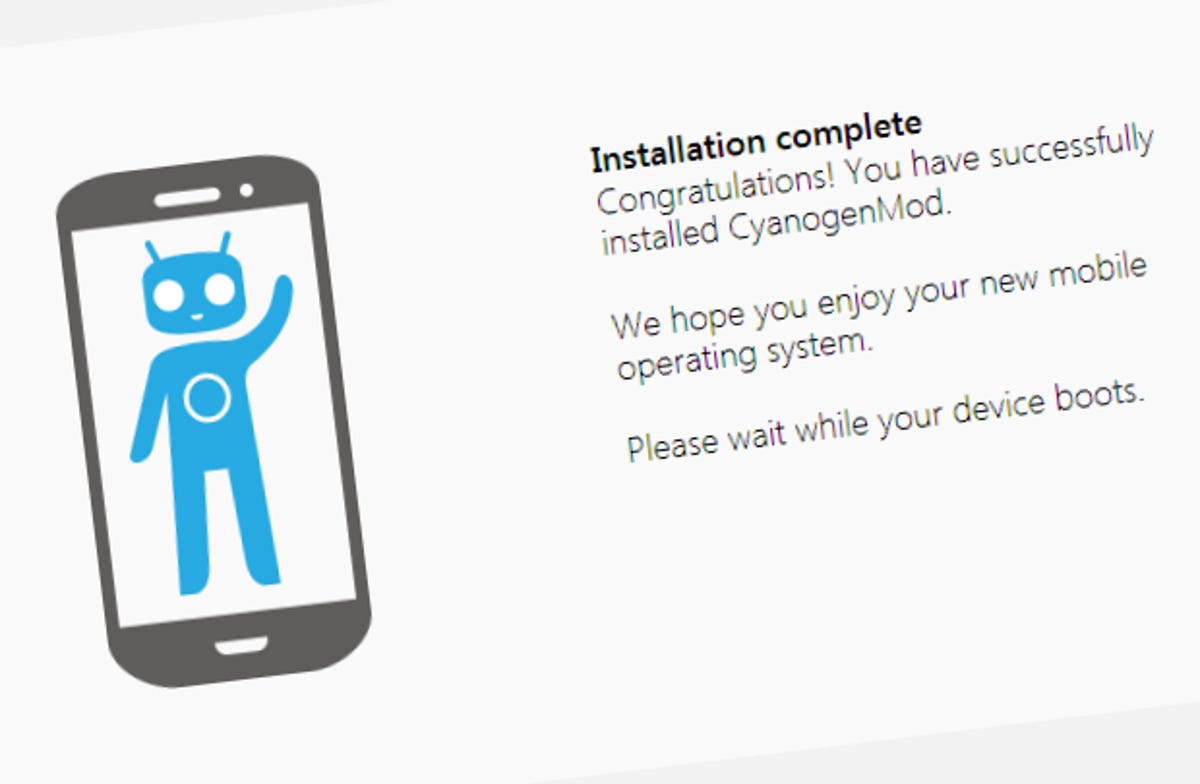
CyanogenMod, one of the most popular refashionings of Android, has raised £4.3m to back a crack at becoming a genuine alternative to established operating systems such as Android and iOS.
The previously unpaid modders behind the popular CyanogenMod software used the venture capital cash in April to start Cyanogen Inc, a 17-strong company based in Seattle and headed by chief modder Steve Kondik, who previously worked at Samsung.
“We think that the time has come for your mobile device to truly be yours again, and we want to bring that idea to everybody,” says Kondik.
The first priority is make installing Cyanogen a bit easier. Currently it’s a bit of a faff, but in coming weeks should be reduced to a one-click process after downloading an installation app from the Google Play online app store.
Mod culture
If you’re not keen on the Android experience — or, more to the point, the extra skins, apps and other effluvium slapped on top of Android devices by the phone’s manufacturer or your network — you can strip all that away and go back to basics by installing a custom ROM such as CyanogenMod. It’s a modified version of Android that opens up the possibilities of your phone, and can even speed it up.
More than 7 million phone fans are said to have installed CyanogenMod, demonstrating the enthusiasm for seizing control of your own mobile.
Could Cyanogen challenge the dominance of Google’s Android and Apple’s iOS software for iPhone and iPad? There’s no shortage of rival software looking to take on the big two: BlackBerry and Windows Phone are already in shops, and manufacturers are clamouring for an Android rival to stop channeling money into Google’s pockets. They range from the open-source Ubuntu Touch and Firefox OS to Samsung’s own Tizen.
Do you use CyanogenMod? What does a Cyanogen phone need to do differently from Android? Tell me your thoughts in the comments or on our Facebook wall.



